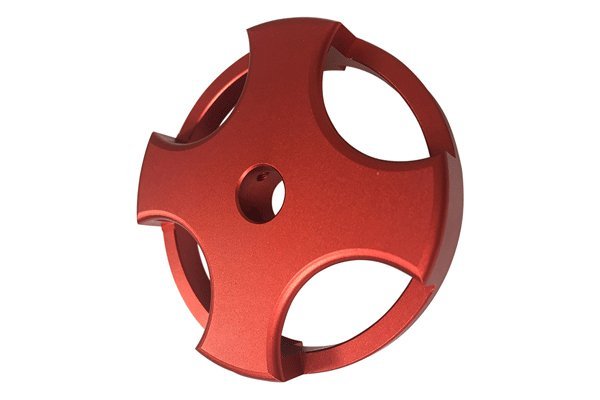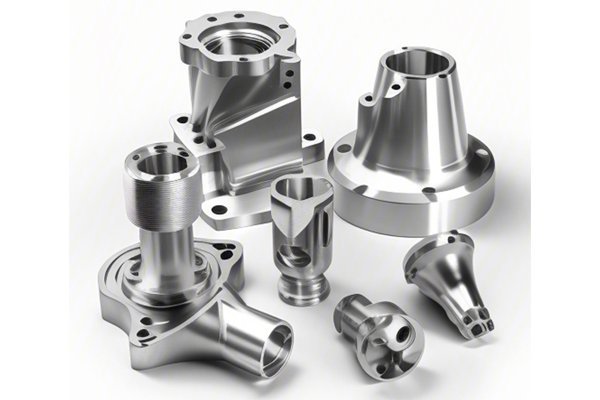*
Did you know that over 70% of aluminum produced globally is still in use today? This remarkable durability is one reason why materials like aluminum are popular in various applications, including housing for electronics, automotive components, and aerospace structures. However, in an age when environmental sustainability is becoming increasingly critical, manufacturers face new challenges. One of these is ensuring that aluminum alloy housings comply with stringent environmental regulations such as the Restriction of Hazardous Substances (RoHS) Directive and the Registration, Evaluation, Authorisation, and Restriction of Chemicals (REACH) regulations.
The question posed in our title is not just a matter of regulatory compliance, but also of environmental responsibility and sustainability practices in CNC (Computer Numerical Control) machining. Understanding how these regulations impact machining practices is crucial for manufacturers aiming to maintain quality while meeting environmental obligations.
In this extensive blog post, we will delve into the intricacies of aluminum alloy housing compliance after machining, shedding light on the challenges and solutions in achieving such compliance.
—
Understanding RoHS and REACH Regulations
Before discussing compliance, it’s vital to understand what RoHS and REACH regulations entail.
RoHS: Initially adopted in 2003, the RoHS Directive restricts the use of specific hazardous materials found in electrical and electronic products. The directive lists several substances, including lead, cadmium, mercury, and certain phthalates, which are prohibited above specified thresholds. Compliance with RoHS is essential for any product intended for the European Union market.
REACH: Enacted in 2007, REACH aims to ensure a high level of protection for human health and the environment from risks posed by chemicals. This regulation requires manufacturers and importers of chemicals in quantities exceeding one metric ton per year to register their substances and assess risks associated with their usage.
The Challenges in Machining Aluminum Alloy Housing
Solutions for Compliance in CNC Machining

The Importance of Compliance in CNC Machining
Manufacturers who prioritize compliance with RoHS and REACH regulations demonstrate responsibility towards the environment and human health. Moreover, compliance not only secures market access, especially in the EU, but enhances brand reputation among environmentally conscious consumers.
Non-compliance can lead to severe ramifications, including hefty fines, product recalls, and damage to brand integrity. Achieving compliance, therefore, is not just a regulatory necessity but also a fundamental business strategy in a competitive market.
In summary, ensuring that aluminum alloy housings comply with environmental regulations such as RoHS and REACH after CNC machining is a multifaceted challenge. However, with proactive measures such as careful material selection, the use of eco-friendly machining practices, and robust documentation processes, manufacturers can successfully navigate these regulatory landscapes.
As we face increasing scrutiny around environmental impacts, the importance of compliance grows more significant. It is imperative for manufacturers to position themselves as leaders in sustainability while meeting regulatory demands. As you think about your business operations, consider the broader impact of your machining practices and explore how you can contribute to a safer and more sustainable world. The road to compliance may be complex, but the rewards—both ethical and economic—are well worth the effort.
Through diligent practices and a commitment to environmental responsibility, you not only safeguard your operations but also contribute positively to global sustainability efforts. Remember, compliance is not a destination; it is a continuous journey towards improvement and innovation in CNC machining.






